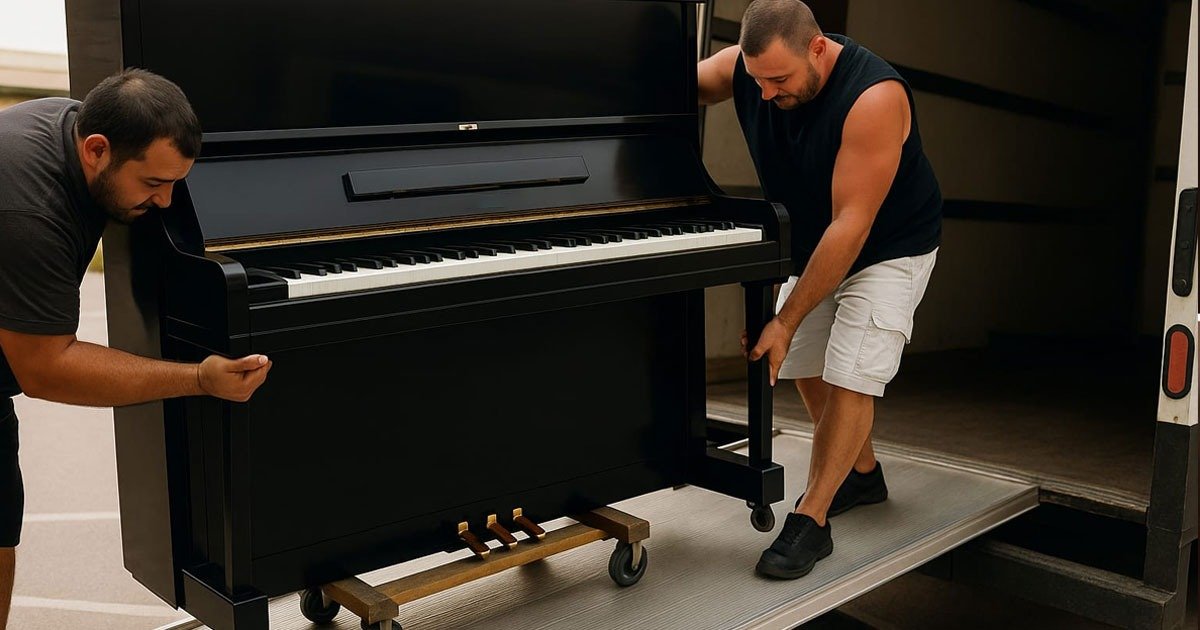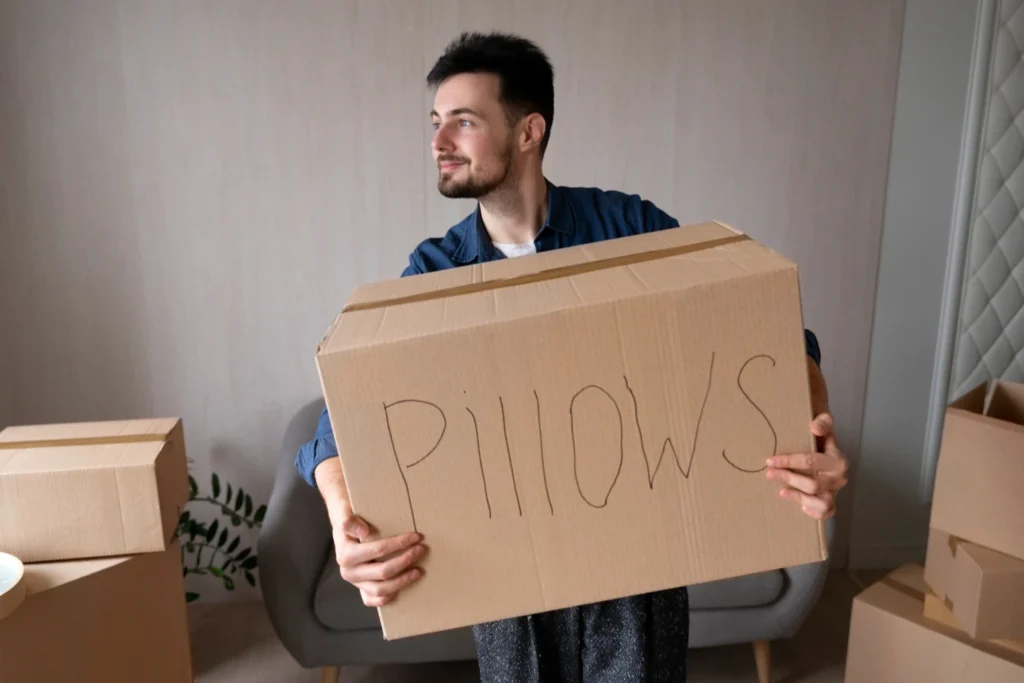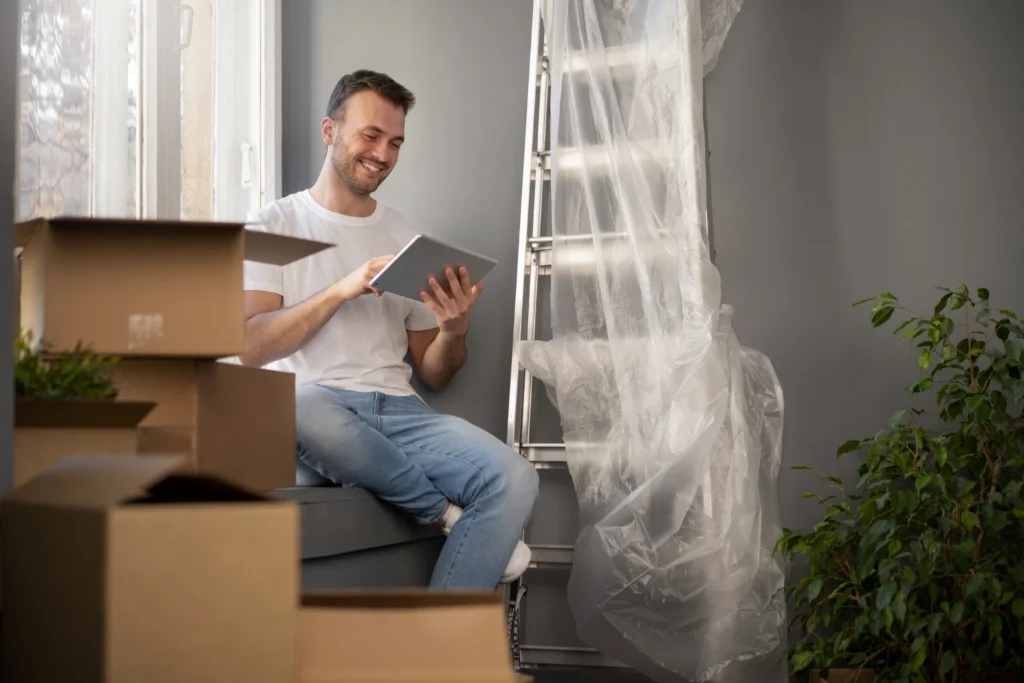Ever tried moving a piano? Let’s just say it’s not your average Saturday chore. Whether you’re shifting a baby grand across town or nudging an upright into a new room, the process is a delicate dance that can turn disastrous without the right know-how. Pianos are heavy, awkward, and expensive to repair if mishandled. From scratched floors to snapped strings, the risks are very real.
That’s where professional residential movers come in. With the right equipment, training, and care, they can make sure your cherished instrument arrives safely and soundly with no broken keys and no broken backs. So if you’re wondering how to get that beloved piano from point A to point B without a single ding, buckle up. We’re diving deep into the art (and science) of moving a piano without damage.
Why Moving a Piano Is So Tricky
Pianos aren’t just furniture; they’re precision instruments with hundreds of moving parts. Here’s why moving a piano is a whole different beast:
- Weight Distribution: Pianos can weigh anywhere from 300 to over 1,200 pounds. And it’s not just about bulk; the weight is unevenly distributed.
- Delicate Parts: The interior contains precision strings, sensitive hammers, and fragile pedals.
- Awkward Shape: With their odd shapes and slick finishes, pianos are notoriously hard to grip and maneuver.
Attempting a “DIY” move without proper technique or tools? That’s how legends of broken banisters and cracked soundboards are born.
Moving a Piano: Preparation Is Everything
Before anyone even lifts a finger, there’s groundwork to cover. Skipping these steps is like baking a cake and forgetting the flour.
1. Measure, Measure, Measure
- Doorways and Hallways: Measure all openings the piano will need to fit through.
- Staircases: Assess angles and clearances, as tight landings may require creative maneuvering.
- The Piano: Know its dimensions and weight. Don’t just guess!
2. Plan the Route
Plot the course from start to finish. Remove rugs, clear clutter, and map out any tricky turns. The fewer surprises, the better.
3. Gather the Right Gear
Here’s your must-have toolkit for moving a piano:
- Heavy-duty moving blankets (to protect the finish)
- Piano dolly or skid board (for rolling the beast)
- Lifting straps and strong tape
- Work gloves with grip
- Ramp for stairs (if needed)
Trust us, improvising with an office chair and hope? Not a good plan.
The Steps for Moving a Piano Without Damage
So, what’s the best way to move a piano without causing any damage? Let’s break it down:
Step 1: Secure the Lid and Keyboard
Be sure to close and secure the keyboard lid to protect the keys. If there’s no lock, use soft straps or tape to hold it shut. An unsecured lid can easily fly open during movement, leading to damage. Prevent unnecessary repairs by securing it tightly from the start
Step 2: Wrap It Up
Use thick moving blankets to cover every inch of your piano, then tape the blankets securely in place. For grand pianos, carefully remove and wrap the legs, pedals, and lyre separately. This helps protect delicate surfaces and prevents scratches, dents, or chips while moving.
Step 3: Lift With Care
Enlist a team of 3–4 strong people to share the load, never move a piano alone. Always lift using your legs, not your back, and keep the piano upright. Tilting or dragging it can damage internal components or misalign the strings and hammers.
Step 4: Use the Dolly
Gently place the piano onto a sturdy, well-balanced piano dolly. Upright pianos should rest with the back against the dolly; grand pianos should lie flat and be well-supported. Use ratchet straps to keep it secure and prevent any shifting while rolling.
Step 5: Navigate Obstacles
Move slowly and communicate clearly with your team, especially when dealing with stairs, ramps, or tight corners. Use plywood sheets or ramps to smooth over uneven surfaces. A single mistake can cause serious injury or costly damage, so it’s important to proceed carefully.
Step 6: Load and Secure in the Moving Vehicle
Place the piano flush against the truck wall to minimize movement. Strap it tightly using professional-grade moving straps, and fill surrounding gaps with padding or furniture to avoid shifting. A well-secured piano stays stable throughout the journey.
Common Mistakes When Moving a Piano
Even seasoned DIY-ers can slip up. Here’s what not to do:
- Underestimating the Weight: Don’t assume you and a buddy can handle a 700-pound upright solo.
- Skipping Preparation: Forgetting to measure or clear the path? Big mistake.
- Using Inadequate Equipment: That flimsy cart from the garage isn’t built for pianos.
- Dragging the Piano: This can damage floors and the piano’s legs.
- Ignoring the Tuning: Even a careful move can knock a piano out of tune—schedule a tuning after the move.
When Should You Call Professional Piano Movers?
Let’s face it, there are times when calling in the cavalry is the only smart move. Here are situations when it’s best to call in the professionals:
- Tight staircases or elevators
- Moving a grand piano
- Long-distance moves
- No experience or proper equipment
Professional piano movers have the training, muscle, and gear to get the job done without a hitch. Plus, they’re insured, so if the unthinkable happens, you’re covered.
Final Tips for Moving a Piano Without Damage
- Never rush: Take your time, as moving too quickly can lead to mistakes and damage.
- Communicate: Make sure everyone lifting and guiding is on the same page.
- Protect the path: Pad corners, doorways, and floors.
- Use the right crew: More hands make lighter (and safer) work.
- Check for damage: Examine both the piano and surroundings before and after the move.
Trust AFA Movers for a Safe Piano Move
Moving a piano without damage is no small feat. It’s a job that tests patience, strength, and a dash of nerve. Whether you’re relocating an upright to your new condo or hauling a baby grand to the concert hall, the right preparation and equipment make all the difference. Sure, you could risk it with a handful of friends and a roll of duct tape, but why gamble with your prized instrument?
Take the stress out of your move and let the professionals at AFA Movers handle every step with care, precision, and expertise. Your piano deserves nothing less. Ready for a seamless, worry-free piano move? Contact AFA Movers today and let your music play on—without missing a beat!



